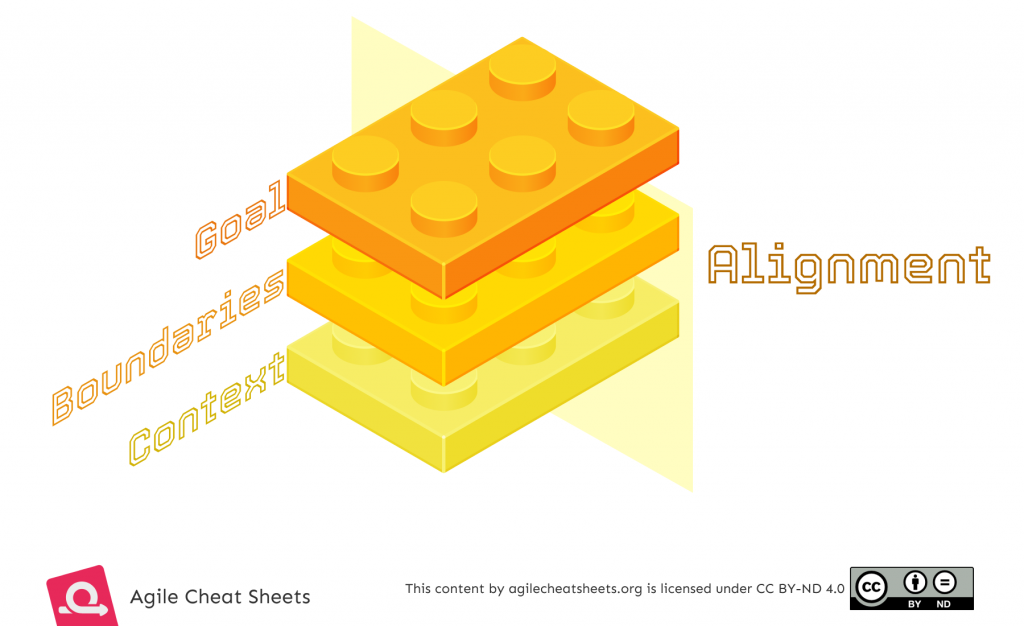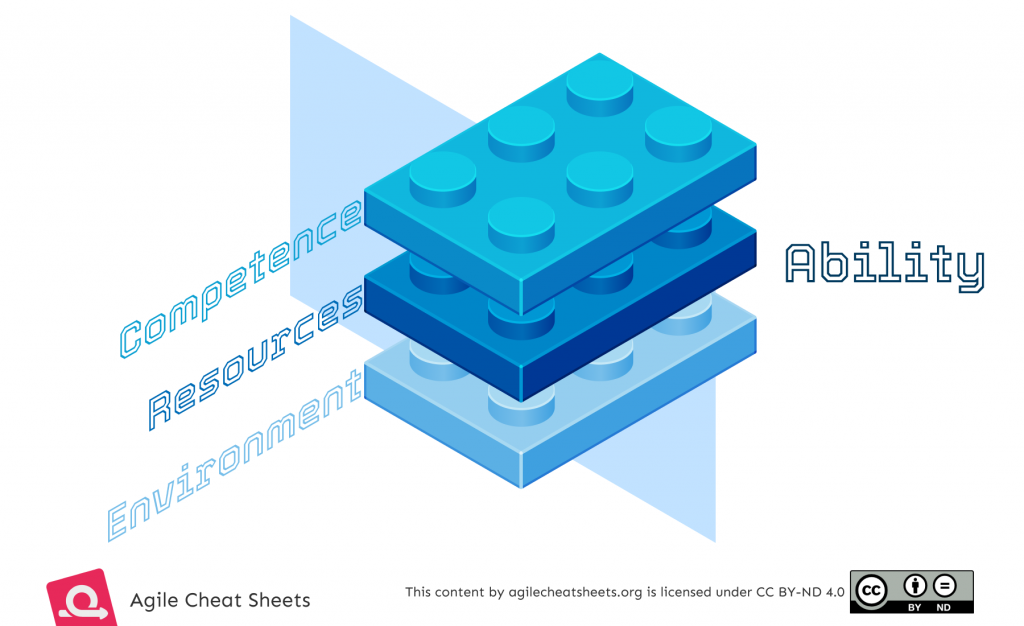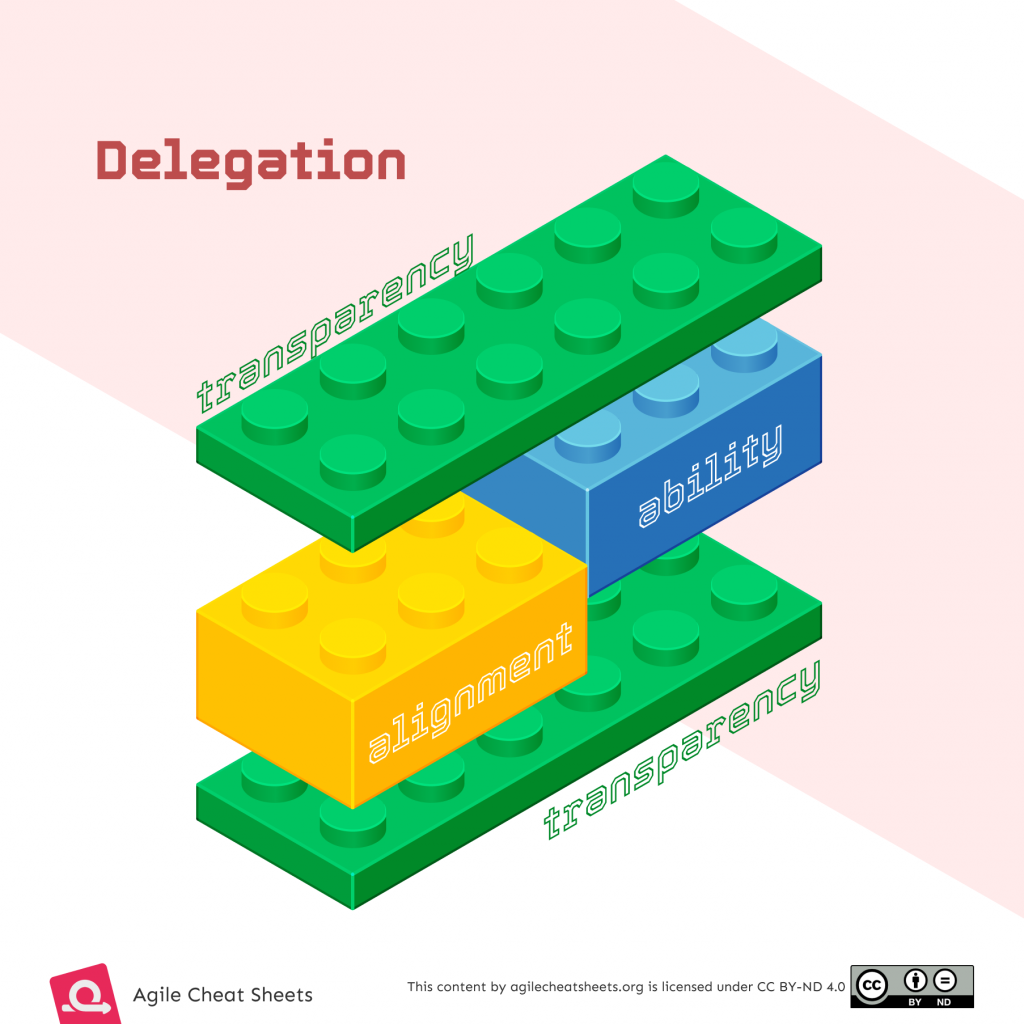The Agile Manifesto states that the best architectures, requirements, and designs emerge from self-organizing teams, which basically implies that Agile leaders must delegate as much as possible.
Although most of the professionals I have met understand the benefits of fostering self-organization, they avoid delegation because they fear it could lead to chaos and anarchy.
Usually, because they do not know where to start, or at least, that is what they believe.
Curiously enough, if you think about it, we are already very familiar with delegation. Maybe we haven’t noticed yet.
The Boy And The Heron
Here is an example.
Imagine that you want to see The Boy And The Heron with your friends. What would you tell them? Essentially, the film, the time, and the movie theater, right? It would be nice to add that it is the latest film from Studio Ghibli, of which you are a huge fan, so they know why you are particularly interested in it.
The idea is that this information will be enough for those of your friends who would want to go with you. They are fully functional adults who have gone to the movies before, so it is unlikely that you will tell them things like how much money to bring, whether to shower or bathe, what shoes to wear, how fast to drive there… It sounds ridiculous to even think of specifying these details because you expect them to be able to make those decisions by themselves.
You also trust that if your friends find any issue, like stumbling upon a traffic jam or forgetting their keys, they will let you know as soon as possible.
Have you ever been in a similar scenario? Then, congratulations! You have already delegated to a self-organizing team!
Now, let’s take a closer look at how you did it.
Building Alignment To Avoid Chaos
The first step was to pick the movie. With that, you gave your friends a clearly defined goal to attain. A mission to accomplish, if you will.
By choosing a time for the session and the cinema, you set some boundaries under which to operate. Boundaries help reduce risks and clarify scope while being more flexible than the goal, giving us room for adjustment in case we need to, just like having several available sessions and cinemas to see a film.
Lastly, you explained why you were interested in this specific film, providing additional context on the goal and its meaning.
With a goal, boundaries, and context, you built alignment.

Alignment is key to making a difference between self-organization and chaos. It guides people in the right direction without explicitly saying how to get there; they must find out by themselves.
As crucial as alignment is, it is not enough. For the team to succeed, it requires ability.
The Ability To Succeed
It does not matter how badly we want things in life, even if it is just going to the movies. We ought to assess if our objectives are feasible under our current circumstances.
In the case of your friends, they probably possess the competence to get dressed, bring whatever they need, and commute to the theater.
They are also very likely to have enough time to come and money to buy the ticket, so things in the resources department look fairly good.
And hopefully, no additional aspects out of their control are impacting them at the moment, like being stuck in a traffic jam or having to stay home because their kids are sick. This means they have the right environment.
Therefore, we can consider a team’s ability to be built by its competence, resources, and environment.

If the team cannot achieve the set goal within the established boundaries, we must find ways to enhance its ability and/or adapt the alignment accordingly. In our case, you may have to explain which bus to take for those unfamiliar with public transportation or choose a different theater if there are no available seats today.
But for those adjustments to happen, all parties should know and understand any relevant piece of information.
In Transparency We Trust
Suppose somebody finds out their car battery has died and, consequently, they will arrive late. The sooner they inform you, the better. That way, you can find a later session that will work for everyone and share the updated time with the rest.
In other words, we use reciprocal transparency to maintain the balance between ability and alignment.

Transparency will allow us to support each other, adjust our plans, manage expectations, and foster trust.
The great thing about transparency is that it is very inexpensive and will give you a lot in return. Still, its lack will inevitably lead to diminishing confidence that could destroy any opportunity for true delegation or collaboration.
One last remark: transparency is not just saying something but ensuring the details are received and understood. The blue check marks were created for a reason, and even those are occasionally insufficient.
Adding Up The Delegation Building Blocks
It should have become apparent by now that we have been delegating to self-organizing teams for most of our lives. It has been natural to us, and we can apply it with confidence when:
- We align the team by:
- Setting a goal.
- Defining boundaries.
- Providing context.
- The team has the ability to succeed as determined by:
- The adequate degree of competence.
- The required resources.
- The proper environment.
- There is reciprocal transparency to:
- Keep ability and alignment balanced.
- Help us adapt to changes and challenges
- Foster trust.
Because, in essence, those are the blocks that help us build effective delegation.

But there are still some pieces on the floor.
Additional Pieces On The Floor
The main takeaway is that we are used to working with self-organizing teams without realizing it. Given the alignment, the ability, and the transparency, self-organization often emerges naturally.
Yet, we have to understand that self-organization does not happen overnight; it is a growth process. Be patient.
Time, practice, and support will likely enhance the ability and increase transparency, often requiring less alignment. Keep that in mind when making decisions.
All this is a summarized version of my take on the subject based on what I have studied and, most importantly, what I have experienced. Hopefully, you will find it helpful.
There are many different views on delegation and self-organization, depending on the author and the school of thought. If you are interested in these topics, I strongly encourage you to keep researching to expand your perspective.
From some of those authors, I learned that we can define different levels of delegation, which is very interesting. We will definitely discuss that very soon in a future entry.
And no. I haven’t seen The Boy And The Heron yet.
